Sweet potatoes were once considered a secondary food crop, mainly used to fight hunger in the past. However, according to current nutritional trends, sweet potatoes are increasingly popular because they are rich in fiber, aid digestion, and have low energy content.
The country currently has about 100,000 hectares of sweet potatoes with an average yield of 13 - 15 tons/ha, and an output of 1.2 - 1.3 million tons of tubers (by 2024). However, competition from imported varieties, especially Japanese sweet potatoes, is causing the area of many native varieties to gradually shrink.
Within the framework of the National Gene Fund Mission for the period 2020 - 2025, the Plant Resources Center (Vietnam Academy of Agricultural Sciences) has implemented the State-level project "Evaluation of genetic potential and development of sweet potato genetic resources in Vietnam" led by Master Vu Van Tung.
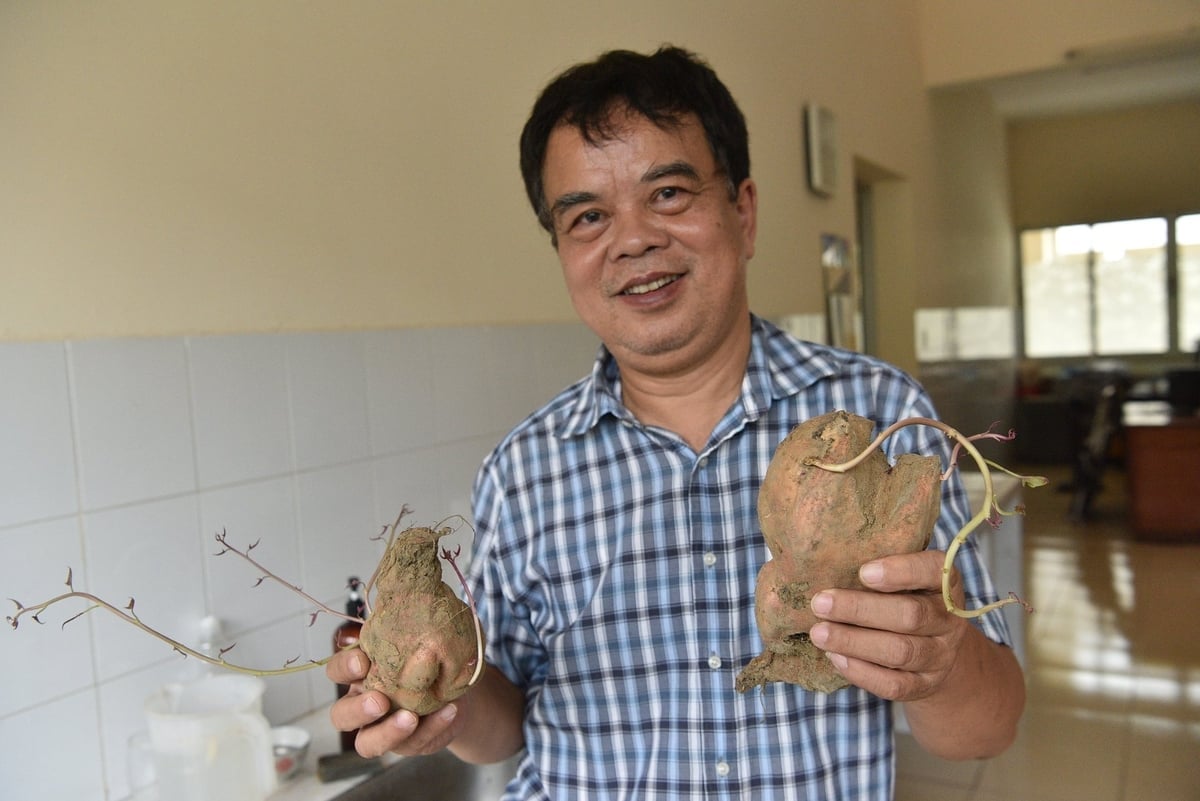
Master Vu Van Tung successfully selected 5 excellent native potato varieties.
Master Vu Van Tung, Head of the Department of In-situ Conservation and Genetic Resources Exploitation (Center for Plant Resources, Vietnam Academy of Agricultural Sciences ) said that through investigation and evaluation, the Center has discovered a number of native sweet potato varieties with many valuable characteristics such as good quality, resistance to pests and adverse weather conditions.
From more than 500 native sweet potato varieties in the National Plant Gene Bank, the Center has screened 300 varieties according to three criteria: quality, yield, resistance to weather, pests (mint, virus causing leaf curl). These 300 varieties were evaluated in the field, each variety planted in an area of 10 m2 and then monitored for growth, development, resistance, quality, and yield over two crops.
In addition, the Center also evaluated in the laboratory the genetic diversity and determined the resistance and tolerance of 300 local sweet potato gene sources using molecular markers... Synthesizing all the above assessments, 5 varieties were selected that were suitable for the topic of the project, first is quality, second is yield from good to above, third is resistance.

Dig survey of sweet potato varieties.
Pho Cuong sweet potatoes (Quang Ngai) have good quality, high drought and salt tolerance. The friable sweet potatoes and sweet potatoes from Bac Giang both have good quality, in which the friable sweet potato variety is resistant to flooding and has strong resistance to leaf curl virus, while the sweet potato variety has a strong flavor and is quite resistant. The group of sweet potato varieties Day Bau and Tram Dau Trang (Thanh Hoa) both have good quality, are salt and drought tolerant, especially the Tram Dau Trang variety is also very resistant to mint, limiting the phenomenon of bitter tubers.
Before being researched for restoration, many native sweet potato varieties were in a state of degeneration due to pests, physiological aging or inappropriate cultivation, reducing economic efficiency. The research team applied the technique of growing tip tissue culture to eliminate viruses, rejuvenate the seed source and quickly multiply on a large scale. The breeding process and cultivation techniques for each variety were also completed at the same time as building a demonstration model of 5 hectares/variety in localities.
Thanks to the synchronous application of new techniques, productivity increased by about 30% compared to before restoration, while quality was determined both by sensory evaluation (boiled and eaten) and laboratory analysis (starch content, tuber flesh characteristics).
Source: https://mst.gov.vn/tuyen-chon-thanh-cong-5-giong-khoai-lang-ban-dia-uu-tu-197251120004912136.htm








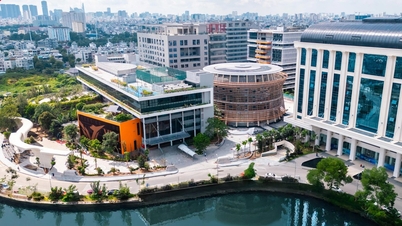

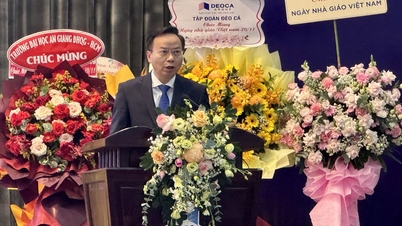

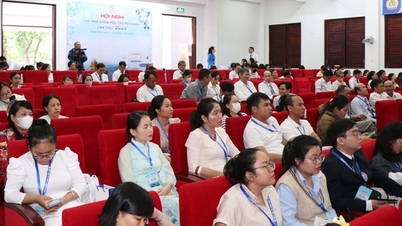



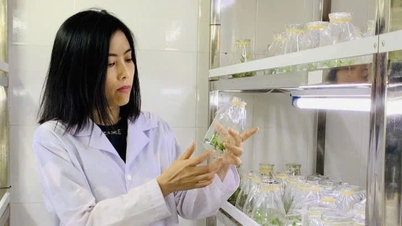

















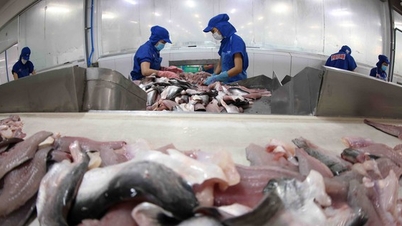









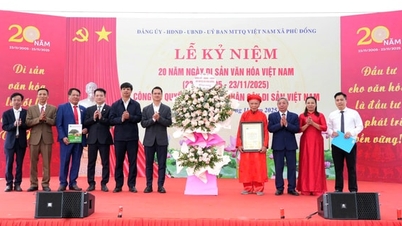






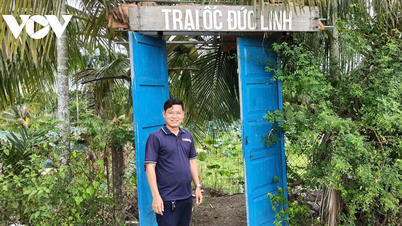









































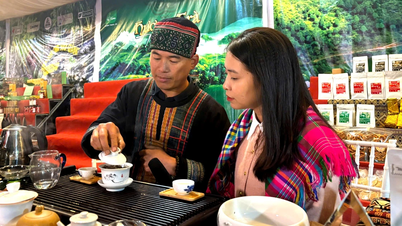













Comment (0)